

Though children are not physically ready to write before school, there are certain skills that can prepare them to use words and ideas when they have to put their thoughts on paper. The following article provides strategies to nurture foundation skills that will support writing skills in children.
Anti-bias experiences support respecting, valuing and embracing diversity as well as fighting prejudice and inequality and celebrating all children in a respectful and inclusive way. The following article provides anti-bias experiences that can be incorporated into the curriculum.
To assist children in learning letter identification and reinforcing letter-sound relationships, alphabet letter collages helps children to learn and recognise letters in a fun way. It also provides a great sensory, tactile, and fine motor experience. The following article lists collage materials that can be used for each individual letter.
Earth Chakra Day is celebrated on the 12th of January. The following provides information About Earth Chakra Day, Activities and Free Printables For Earth Chakra Day that can be implemented into the curriculum for children, Linking To The EYLF and more.
A literacy-rich environment is one that gives children numerous opportunities to engage in emergent literacy experiences in a meaningful and authentic way. The following provides a list of literacy activities for children that can be incorporated into an emerging literacy environment.
In fine motor skills, children develop their fine motor skills when they use their smaller muscles in the hands, fingers, and wrists. Children, who cannot express what they feel and think and how they view their world in words, may be able to do so more readily through art. STEM learning is important for children as it caters to critical thinking and problem-solving attitude. The following provides a list of fine motor, art and science activities for children that can be incorporated into the learning environment.
Numeracy encompasses a much wider notion than numbers – it can be understood as the suite of knowledge, skills, behaviours and dispositions that students need in order to use mathematics in a wide range of situations. The following provides a list of numeracy activities for children that can be incorporated into an emerging numeracy environment.
Young children today are growing up in digital contexts which range from devices like computers, tablets, smart televisions and smart watches to the internet and apps for recreation, learning and connection. iPads are among those devices which not only make for fun learning experiences but complement intentional learning in important ways. The following provides the benefits and experience ideas on using Ipads for children.
Learning how to keep one’s own self safe and protected is a key aspect of growing up. Even young children can be taught about personal safety with the help of appropriate language and interactive strategies. The following article provides strategies for Educators to talk about personal safety with children.
NAIDOC Week 2022 starts from 3 July to 10 July. NAIDOC Week celebrations are held across Australia to celebrate the history, culture and achievements of Aboriginal and Torres Strait Islander peoples. The following provides Activities, Crafts, Songs and Resources to celebrate NAIDOC Week and incorporate ATSI Communities into your Early Childhood Service.
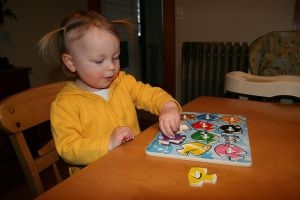 Toddlers have a greater understanding of the world around them by this stage. Their cognitive development (also known as intellectual development and thinking skills) continues… Read More
Toddlers have a greater understanding of the world around them by this stage. Their cognitive development (also known as intellectual development and thinking skills) continues… Read More
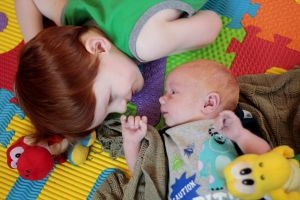 Infants begin to develop trust when parents begin to fulfil their needs. Such as changing an infant's nappy when needed, feeding on request and holding… Read More
Infants begin to develop trust when parents begin to fulfil their needs. Such as changing an infant's nappy when needed, feeding on request and holding… Read More
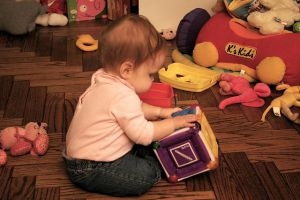 Beginning at birth the construction of thought processes, such as memory, problem solving, exploration of objects etc, is an important part of an infant’s cognitive… Read More
Beginning at birth the construction of thought processes, such as memory, problem solving, exploration of objects etc, is an important part of an infant’s cognitive… Read More
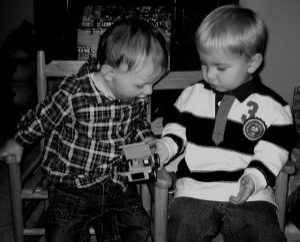 Toddlers want to do more on their own and do not like it when you begin to establish limits on their behaviour. Tantrums can become… Read More
Toddlers want to do more on their own and do not like it when you begin to establish limits on their behaviour. Tantrums can become… Read More
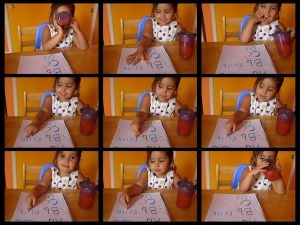 Your preschooler is now able to focus their attention more accurately and is less influenced by distractions. The intensity of questions increase as your child… Read More
Your preschooler is now able to focus their attention more accurately and is less influenced by distractions. The intensity of questions increase as your child… Read More
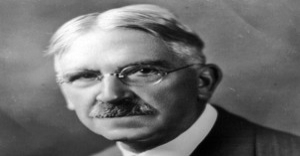 John Dewey is often seen as the proponent of learning by doing – rather than learning by passively receiving. He believed that each child was active,… Read More
John Dewey is often seen as the proponent of learning by doing – rather than learning by passively receiving. He believed that each child was active,… Read More
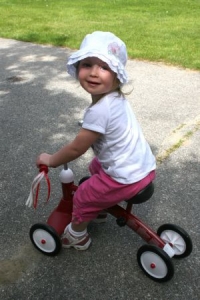 Toddler advance and gains new skills in Gross Motor Development milestones achieved throughout earlier years. Co-ordination and challenges that could not be performed before such… Read More
Toddler advance and gains new skills in Gross Motor Development milestones achieved throughout earlier years. Co-ordination and challenges that could not be performed before such… Read More
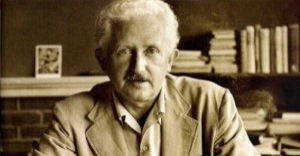 Erik Erikson developed a psychosocial theory to understand how we each develop our identities through eight stages of psychosocial development from infancy to adulthood. The… Read More
Erik Erikson developed a psychosocial theory to understand how we each develop our identities through eight stages of psychosocial development from infancy to adulthood. The… Read More
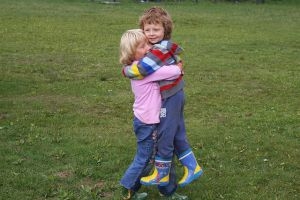 At this point preschoolers begin to interact effectively with others. Play becomes more innovative and organized and “boyfriend” or “girlfriend” begins to emerge. Preschoolers have… Read More
At this point preschoolers begin to interact effectively with others. Play becomes more innovative and organized and “boyfriend” or “girlfriend” begins to emerge. Preschoolers have… Read More
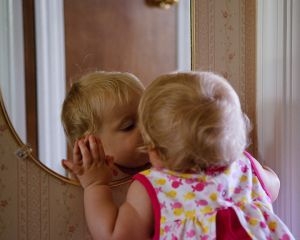 From now, babies begin to identify and respond to their own feelings, understanding other's feelings & needs and interact positively with others. A baby's social and… Read More
From now, babies begin to identify and respond to their own feelings, understanding other's feelings & needs and interact positively with others. A baby's social and… Read More
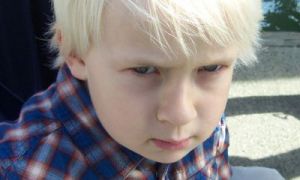
It is fairly common for your child to behave inappropriately as they begin to grow...
See more...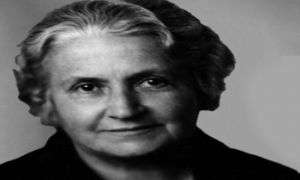
Montessori stressed that children learn best by using their senses and pursuing their interests, rather...
See more...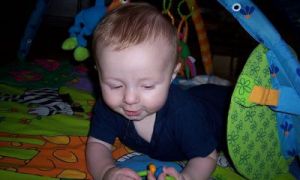
A baby’s cognitive development at this stage is very rapid and many changes take place...
See more...© 2009-2025 Aussie Childcare Network Pty Ltd. All Rights Reserved.

